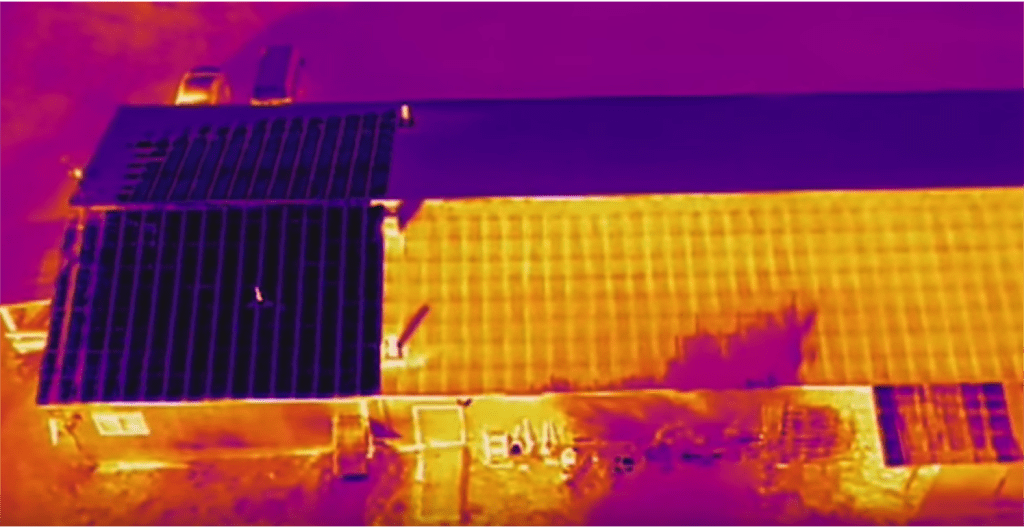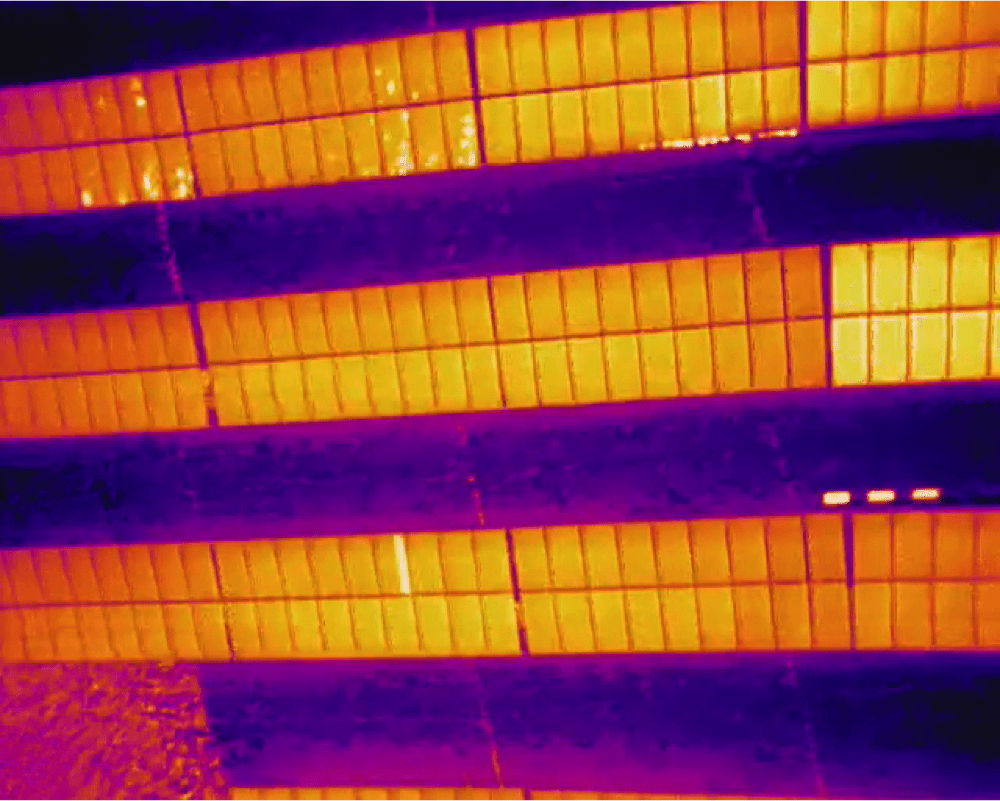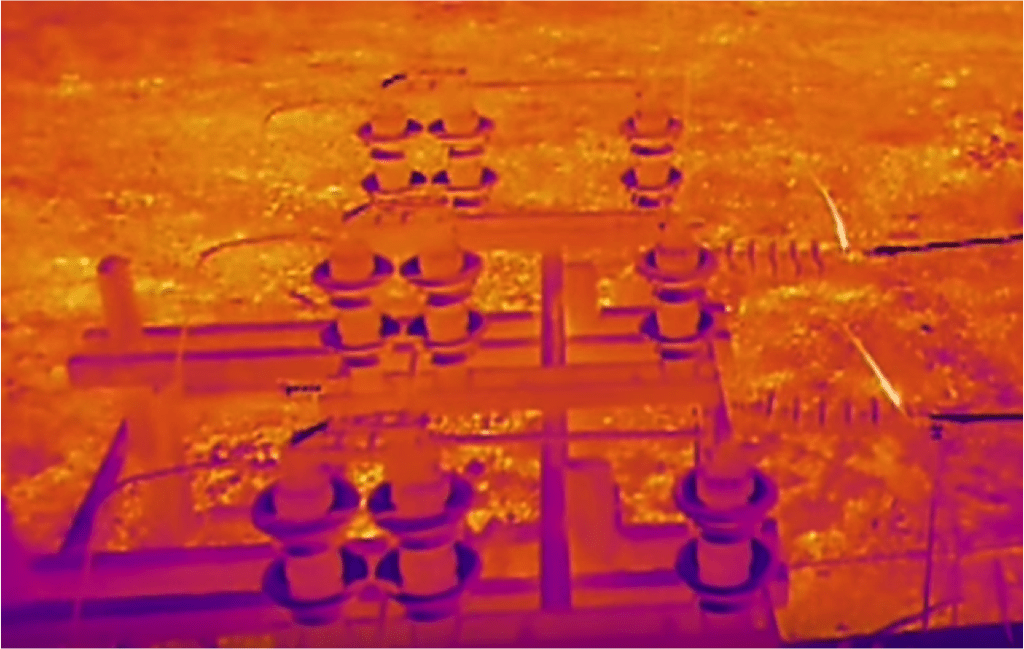There are a lot of educational resources available for drone operators; but not all offer real, job-changing training for pros. That’s where the FLIR DELTA, a free online video series with downloadable “cheat sheets” is different. In a series of short videos, pro operators and experts explain the basics of using thermal imagery with drones – not only in the lab, but out on the job. With a practical blend of “street truth,” technical details, best practices and checklists, the DELTA series is designed to get operators ready to take on new commercial missions in thermal imaging.
“We’re trying add a piece that’s lacking in the drone industry- education that comes straight from current experts in specific verticals that use thermal imagining,” says Randall Warnas, FLIR Systems’ Global UAS Segment Leader. “We want to move beyond working with trainers and bring in experts straight from the field that really know their craft and really know their industry.”

As competition ramps up for commercial service providers, adding thermal expertise is a concrete way for companies to differentiate themselves and move into new markets. Aerial thermal imaging has been around for over thirty years, but drones have made the technology affordable and applicable to a much broader market. Demand is high: industries from construction, insurance, and agriculture to public safety are using thermal imagery with drones to improve outcomes and even save lives. Roof inspections, fire fighting, solar panel inspections and utility work are just some of the applications that utilize aerial thermal imaging.

Those applications require specific expertise, however – knowledge that can only come from experts in the vertical. That makes the FLIR DELTA Series different from courses or webinars designed to help operators get a certification. “We’re trying to share best practices and the best uses for this technology,” says Warnas. “In a training course, questions like what kind of overlap do you need for thermal orthomosaics to inspect a solar farm just don’t come up. This is best practices from the field.”
The videos aren’t only a tool for operators, but can be useful for enterprises trying to establish drone programs. “We want companies that haven’t adopted drone programs yet to get a good feel for how these missions actually work and what drones can actually do,” Warnas says. “On video, we can give detailed feedback on why these programs are being used – it brings the story out in a way that’s difficult to do otherwise.”

“We want to be able to equip pilots with the information that they need to provide their clients with a quality deliverable,” says Warnas. FLIR’s free DELTA Series starts with “Thermal 101” and progresses to cover basics like equipment setup, color palettes, and isotherms. After covering the basics, the series dives into specific applications: starting with Public Safety operators. Future episodes will include using aerial thermal imaging for roof inspections, solar panel inspections, and utility work. FLIR is also taking suggestions from the field for future episodes.







[…] DRONELIFE […]